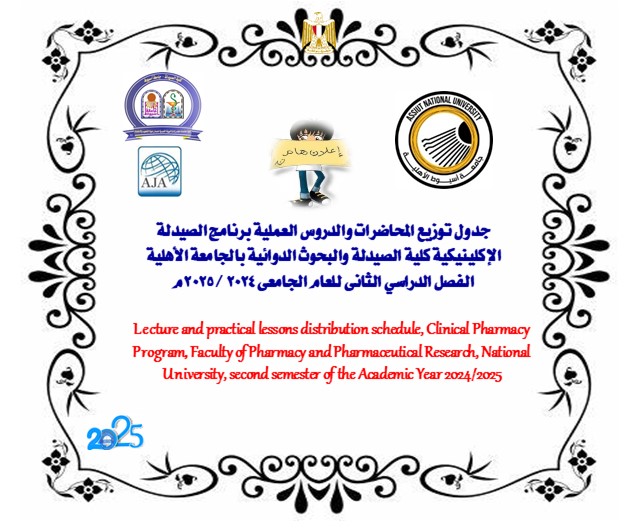Design and synthesis new indole-based aromatase/iNOS inhibitors with apoptotic antiproliferative activity
The present study details the design, synthesis, and bio-evaluation of indoles
3–16 as dual inhibitors of aromatase and inducible nitric oxide synthase (iNOS)
with antiproliferative activity. The study evaluates the antiproliferative efficacy of
3–16 against various cancer cell lines, highlighting hybrids 12 and 16 for their
exceptional activity with GI50 values of 25 nM and 28 nM, respectively. The
inhibitory effects of the most active hybrids 5, 7, 12, and 16, on both aromatase
and iNOS were evaluated. Compounds 12 and 16 were investigated for their
apoptotic potential activity, and the results showed that the studied compounds
enhance apoptosis by activating caspase-3, 8, and Bax and down-regulating the
anti-apoptotic Bcl-2. Molecular docking studies are intricately discussed to
confirm most active hybrids’ 12- and 16-binding interactions with the
aromatase active site. Additionally, our novel study discussed the ADME
characteristics of derivatives 8–16, highlighting their potential as therapeutic
agents with reduced toxicity.






